How to paint a stairwell - expert tips on how to decorate this tricky space safely
Give the smallest yet probably tallest area of your home a smooth finish with these professional tips
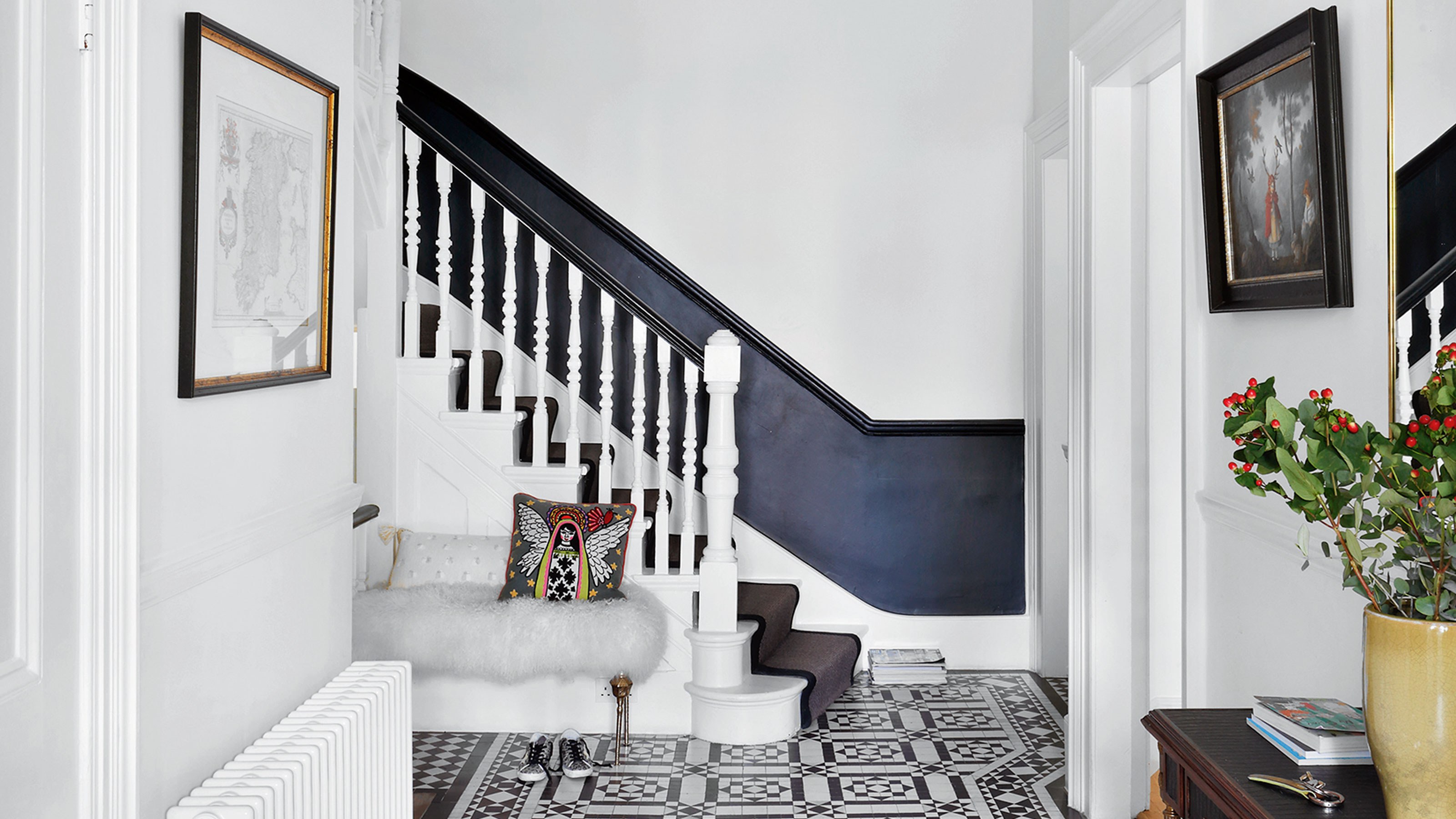
Knowing how to paint a stairwell correctly is an important and sometimes overlooked decorating task. Why? Because not only is a stairwell an inter-connecting part of your entryway that you see each time you go home but the job itself requires an element of extra know-how thanks to awkward and hard-reaching areas.
Knowing how to paint a stairwell correctly and safely can open up a whole host of decorating ideas to inject colour and character into your hallway ideas.
if you’ve just learnt how to paint a staircase but the prospect of painting a stairwell seems daunting, then we’re here to prove that tackling those differing levels, double-height walls and awkward corners isn’t as hard as it sounds.
How to paint a stairwell
Painting your stairwell with a fresh coat of paint will elevate any staircase ideas you've recently worked on entirely.
But those far-reaching areas will need extra pointers and equipment to ensure it is safe to carry out the DIY task.
If you want to know how to paint a stairwell easily, we've asked professional decorators and brand experts for their insider knowledge on how to get the job done.
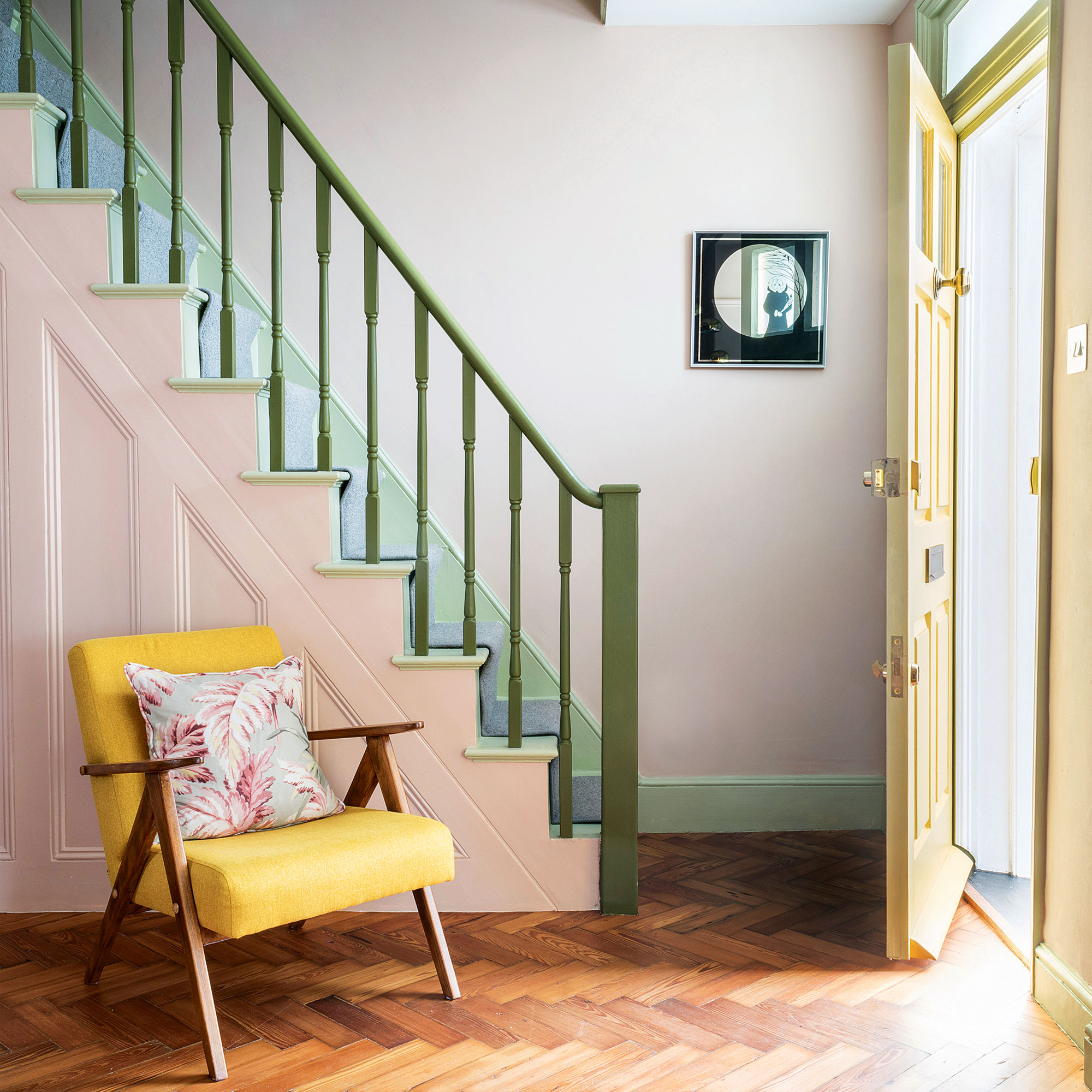
What you'll need
- Dust sheets or newspaper
- Sugar soap, available at Amazon
- Sanding block and sandpaper
- Decorators tape
- Cutting in brushes, available at Wickes
- Paint tray
- Extendable roller or paint roller swith extension poles, available at B&Q
- Combination ladder or scaffolding and platforms, various available at Screwfix
- Interior paint
How to paint a stairwell with a ladder
There are two ways to paint a stairwell; with or without a ladder. Professionals trained in safety techniques often prefer to use the latter as it is a more practical option. However, we must stress it is much safer to keep your feet firmly on the ground.
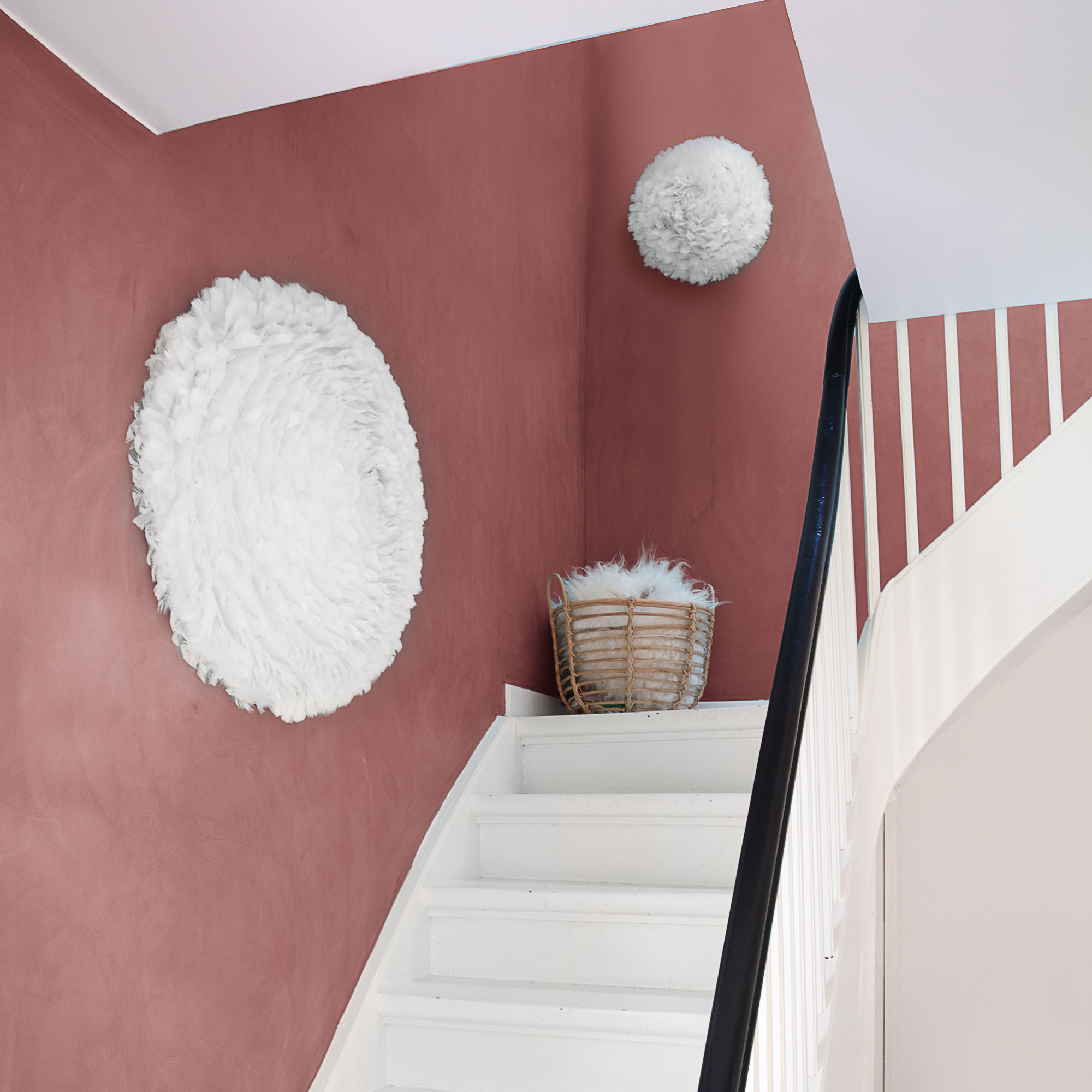
1. Safely set up a ladder
When it comes to painting a stairwell with a ladder there are a few options to consider.
A combination ladder has various modes one being specifically designed for stairwells. The legs extend to different heights to make high-reaching areas more straightforward and safe.
Place the ladder at the bottom of the stairwell and extend it to full height.
'In the first instance, extend the ladder to its full height placing the wider base on the stairs and the top resting against the headwall, this is the wall you see as you walk down the stairs. Make sure the angel is safe and not too steep or you risk tipping backwards,' explains, Pat Gilham at quotemyjob.com
When it comes to painting the top of the stairs turn the combination ladder into an A-frame shape.
'This means that the longer part of the ladder, with the wider base, is still resting on the stairs and the short length is sitting on the landing,' continues Pat.
Larger stairwells may need a combination ladder that comes with a level platform or scaffolds and platforms can be hired from reputable tool hire companies.
'A stairwell platform is fully adjustable and will provide you with a flat surface to work from regardless of the height of the stairs,' says Tim Warren, a DIY expert from Adkwik.
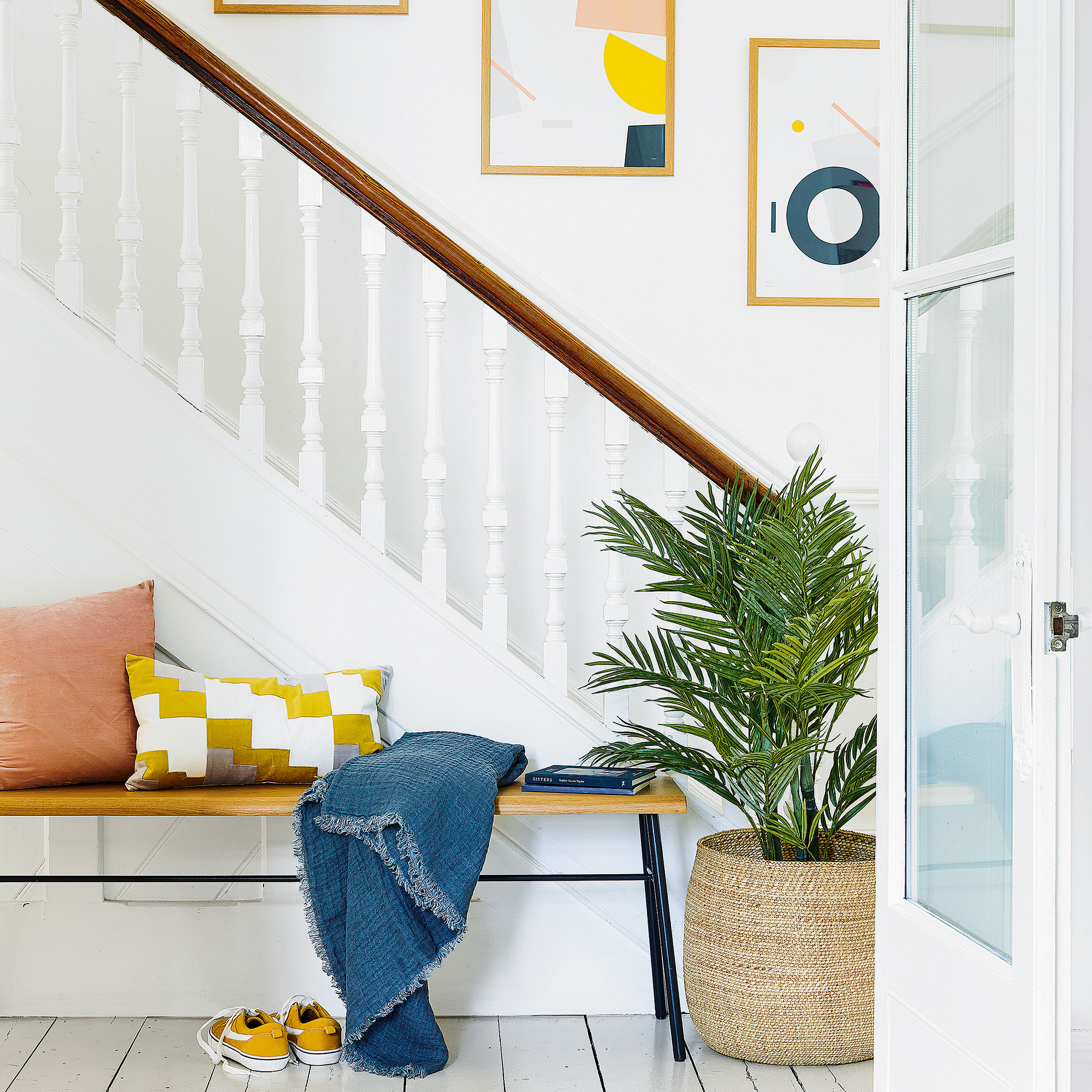
2. Prepare surfaces
Tall walls and double-height ceilings aside, painting a stairwell needs the same preparation and knowledge on how to paint a wall as in any room.
Check walls for cracks, peeling paint and uneven areas and repair and sand as necessary.
'If you’re painting over an old paint coating, you will need to sand back any loose and flaky sections of the coating and fill cracks with a flexible filler such as caulk or a ready mixed filler,' explains Caroline Thornborough Design Director of Thorndown.
'Make sure it’s one that is easy to overpaint with water-based paint that dries quickly so you’re not waiting around for ages. Once dry, use fine sandpaper to sand back to a smooth flat surface.'
3. Wash clean and dry walls
Clean the walls using sugar soap, diluted in water in a bucket according to the pack instructions. Leave the surface to dry.
'Clean the walls with soapy water and leave to dry thoroughly. For stubborn stains use a stronger cleaning product such as sugar soap to remove. If you’re painting fresh plaster, once it is fully dried you will need to apply a mist coat, which is watered-down wall paint,' continues Caroline.

4. Mask off and protect areas not intended for paint
Protect hallway and landing floors as well as the staircase with dust sheets or laid newspaper and cardboard. Be careful that floor coverings aren’t loose or they will become a slip or trip hazard.
'Mask off areas that you want to protect from paint such as painted walls or door frames with a low tack masking tape, and mask light switches and sockets or unscrew to gently ease away from the wall so you can easily paint behind,' adds Caroline at Thorndown.
5. Cut-in the edges with paint
Once prepped, If you need to mist or prime surfaces wait until this has dried before you begin. Cut in around the edges of the room using an angled paintbrush and your chosen paint.
To achieve clean lines at the edges and corners paint the line about 1 to 2 inches away from the coving and skirting boards.
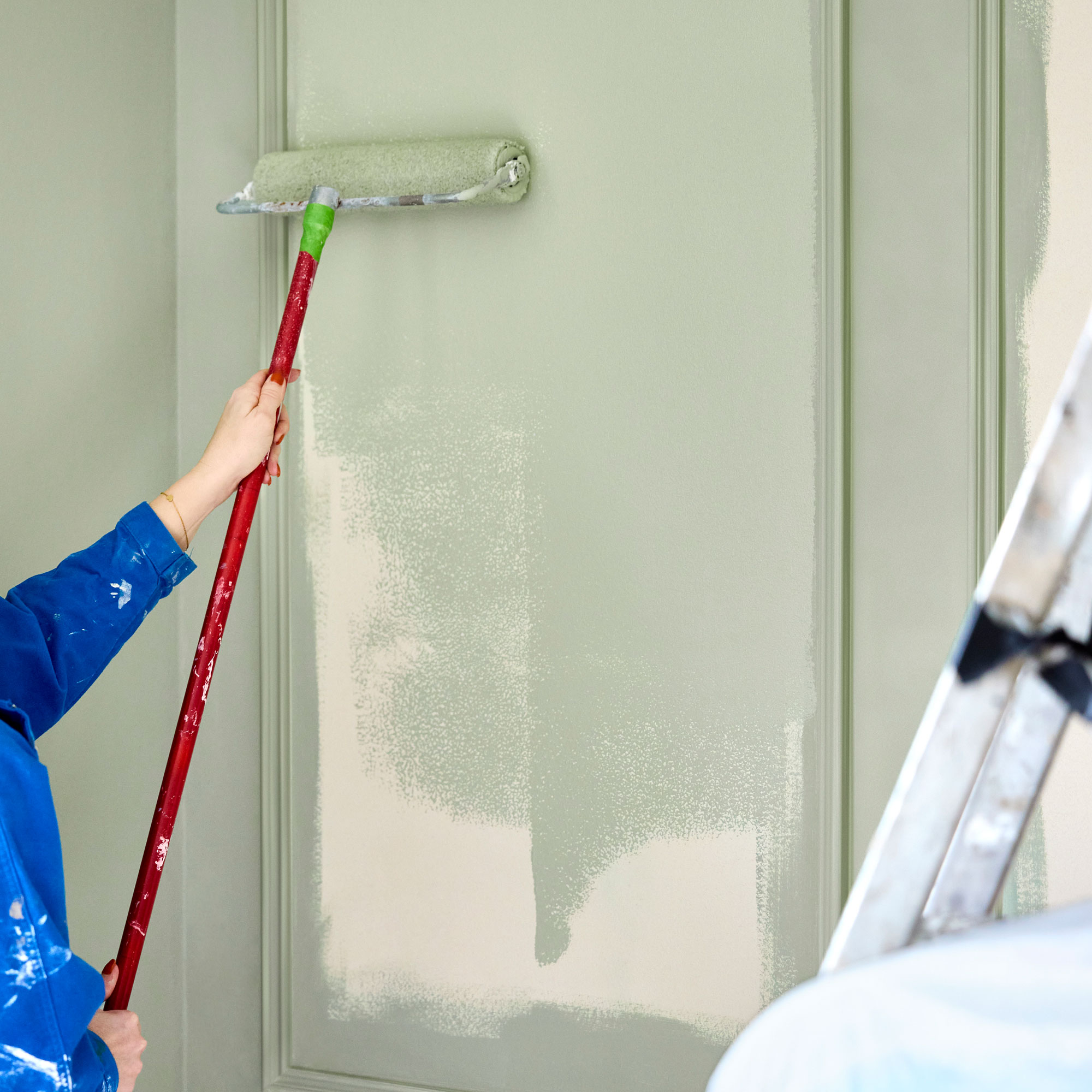
6. Use a roller to paint the stairwell
Before the cutting-in paint is fully dry, pour your chosen paint shade into a tray and apply evenly to the remaining surfaces with a roller.
To control paint drips start from the top. This way you will not lean the ladder on any fresh paint.
'When painting with a roller, sweeping motions can create uneven coverage as you move from one side to another. Drawing an ‘X' shape and then filling in the rest of the square will help give an even coat,' says presenter, singer and DIY enthusiast, Kimberley Walsh who has collaborated with Wickes.
Stairwells are often small and lacking in natural light, so choose a hallway colour scheme that will open up the space.
'Many of us opt to play it safe and go for shades in white or cream but if natural light is in short supply, it may not open the space. Frenchic’s Cool Beans is a great alternative. It’s a creamy taupe shade – not too stark or dark – that gives a warm but fresh and airy base," suggests Mandy Rippon, Product Manager at Frenchic Paint.
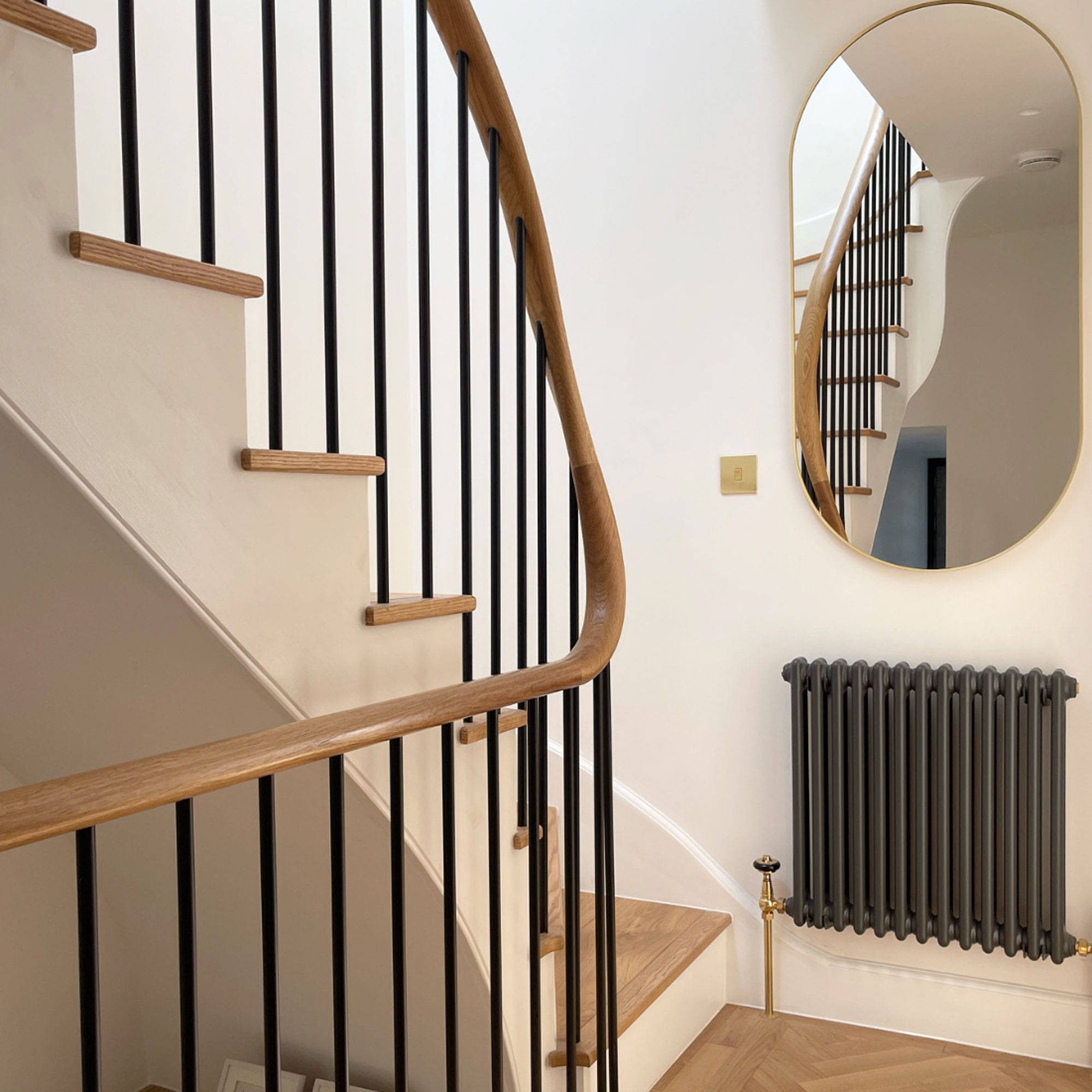
FAQs
How do I paint a stairwell without a ladder?
Knowing how to paint a stairwell without a ladder is by far the safer option. To reach those higher surfaces from the ground, rollers and brushes with extendable poles are used for the painting part.
Preparation, cleaning and cutting techniques as mentioned above are still required but without a ladder can prove more tricky and time-consuming.
'With an extendable handle, you can securely tape your brush to the top and work from the highest point. This will not be a fast process but it will create a neat line and more importantly allow you to work safely, ' explains Pat from from quotemyjob.com.
How do I paint a stairwell with an extendable roller?
Obviously using a roller on a long extension pole will not be as easy as without. To get the most steady and professional finish make sure the roller is not overloaded with too much paint and top heavy.
'Choose a roller with a thick nap to ensure even coverage. When you're ready to paint, I recommend starting from the highest point and working your way down, keeping your hand as steady as possible to maintain the clean edges, ' says Ben Thomson, Manager at Promain.
'Don't be afraid to take breaks if you're feeling fatigued! You want to make sure you're being precise with your brush strokes.'
Get the Ideal Home Newsletter
Sign up to our newsletter for style and decor inspiration, house makeovers, project advice and more.
Rachel Homer has been in the interiors publishing industry for over 15 years. Starting as a Style Assistant on Inspirations Magazine, she has since worked for some of the UK’s leading interiors magazines and websites. After starting a family, she moved from being a content editor at Idealhome.co.uk to be a digital freelancer and hasn’t looked back.
-
 Zoe Ball's colourful kitchen island shows how easy it is to create a characterful cooking space - here's how she did it
Zoe Ball's colourful kitchen island shows how easy it is to create a characterful cooking space - here's how she did itBeing brave with colour will reap huge rewards
By Holly Cockburn
-
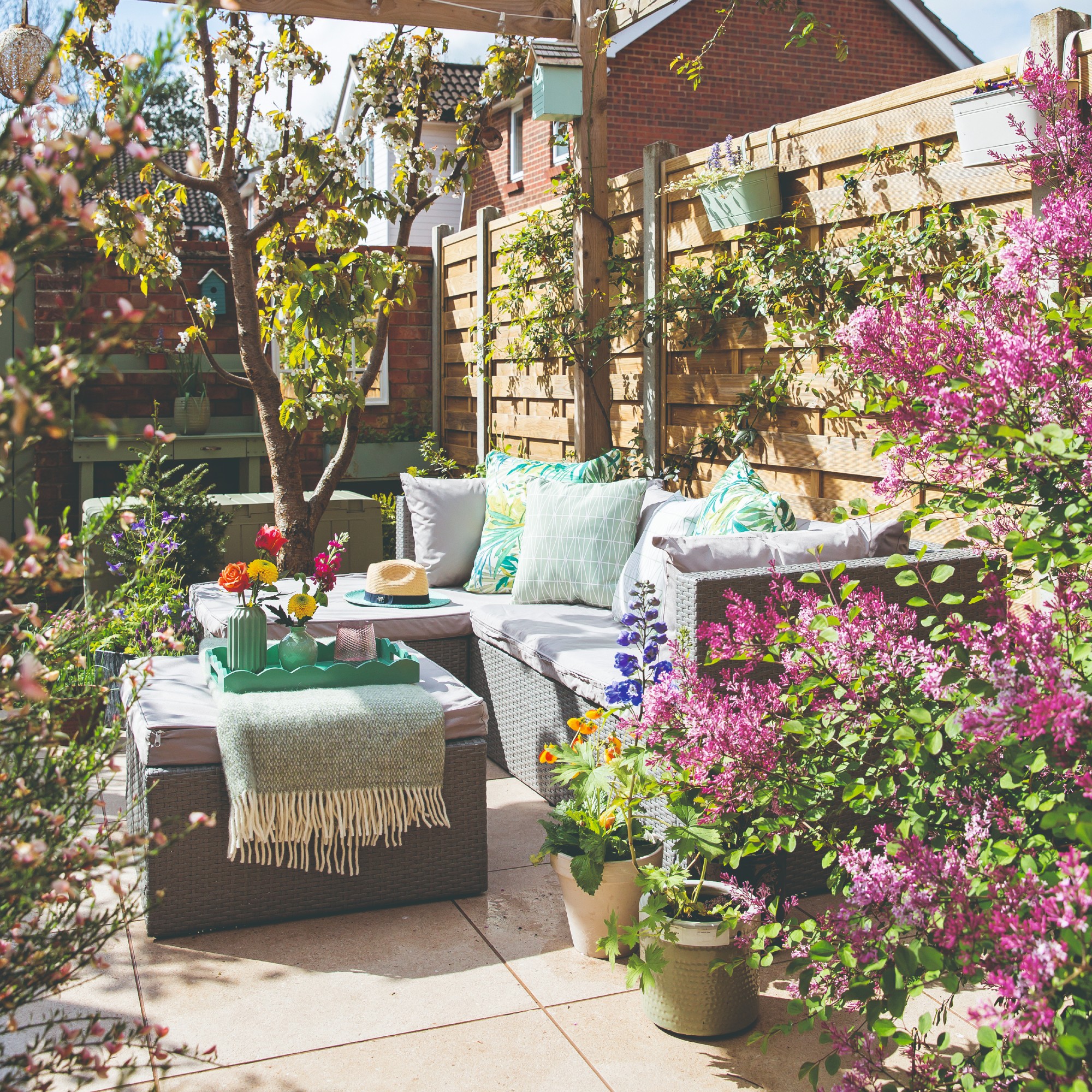 7 plants that will make your patio smell gorgeous - the top fragrant picks experts recommend potting up
7 plants that will make your patio smell gorgeous - the top fragrant picks experts recommend potting upFrom aromatic flowers to fragrant herbs
By Kayleigh Dray
-
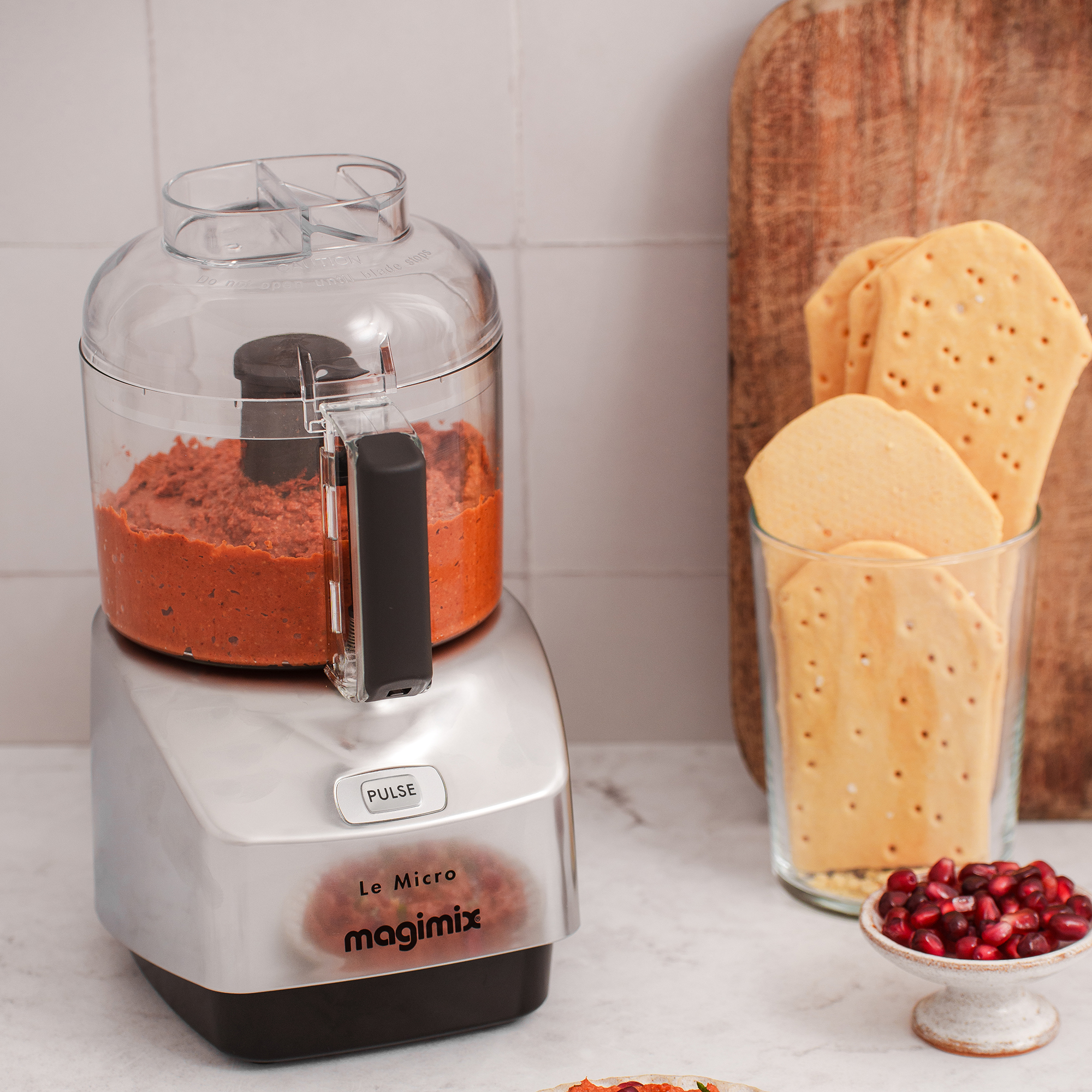 I won't gatekeep - Magimix's new small kitchen-friendly mini chopper is my secret to delicious lazy dinners
I won't gatekeep - Magimix's new small kitchen-friendly mini chopper is my secret to delicious lazy dinnersMy homemade pesto pasta has never been better
By Holly Cockburn